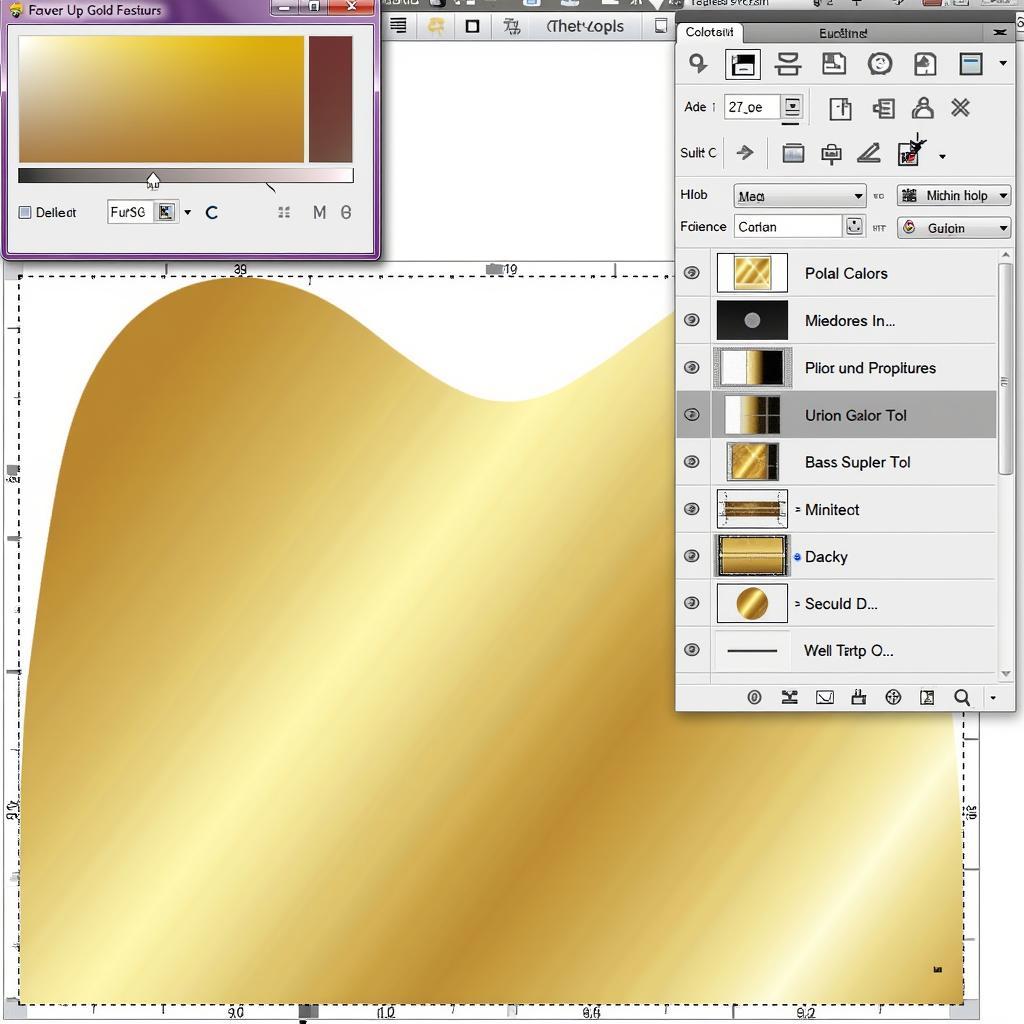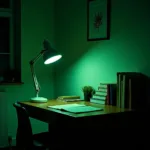Gold, a color synonymous with luxury, achievement, and warmth, has captivated artists and designers for centuries. Creating this alluring hue involves a fascinating interplay of colors and techniques, varying depending on the medium. Whether you’re a painter, a baker, or simply curious about color theory, understanding how to make gold opens up a world of creative possibilities. This guide will delve into the different methods for achieving that perfect golden glow.
Similar to how do you make a gold color, mixing pigments can create a range of gold hues.
Mixing Gold with Paint
Achieving a realistic gold effect with paint often involves layering and metallic pigments. The base for your gold can significantly impact the final result. Starting with a warm yellow or ochre provides a rich foundation. Then, gradually introduce small amounts of orange or red to deepen the hue. For a touch of shimmer, incorporate a metallic gold paint or powder. Experimenting with different ratios of these colors allows you to create variations, from a pale, antique gold to a vibrant, almost brassy shade.
Achieving Different Shades of Gold
For a lighter, more delicate gold, add a touch of white to your yellow-orange base. Conversely, deepening the gold requires incorporating more red or brown. A small amount of blue can create a greenish-gold, reminiscent of antique jewelry. The key is to test your mixtures on a small scale before applying them to your final piece.
Crafting Gold in Digital Art
Digital design offers a unique approach to creating gold. Using color pickers allows for precise control over hue, saturation, and brightness. Experiment with hexadecimal codes to find the perfect gold. Adding a gradient effect can mimic the reflective qualities of real gold, giving your digital creations a luminous sheen.
Utilizing Gradients and Effects
Layer styles and effects further enhance the metallic look in digital art. Applying a bevel and emboss effect can add depth and dimension, creating the illusion of a raised, textured surface. Experimenting with drop shadows can give the gold a more realistic appearance.
 Creating Gold Effects in Digital Design Software
Creating Gold Effects in Digital Design Software
What color does gold and red make? It often results in a deep, rich, almost burgundy hue. Find out more by exploring our guide on what color does gold and red make.
Making Gold Food Coloring
In culinary arts, achieving a golden hue often involves using food coloring. Yellow and orange food coloring can be combined to create a basic gold. For a shimmering effect, edible gold dust or luster dust can be added. Remember to start with small amounts of coloring and gradually increase until the desired shade is achieved.
Tips for Using Edible Gold
Edible gold comes in various forms, including leaf, flakes, and dust. Each form offers a different visual effect. Gold leaf is delicate and best applied to smooth surfaces. Flakes and dust are more versatile and can be mixed into icing, frosting, or sprinkled onto desserts.
how do you make gold food coloring provides further insights on creating gold hues for culinary purposes.
Gold in Other Mediums
From textiles to glass, creating gold involves understanding the specific materials and techniques. In fabric dyeing, metallic dyes and paints can be used to create a gold effect. In glassblowing, adding gold salts to the molten glass produces a rich, ruby-colored glass that appears golden in thin sheets.
How do you make the color gold with paint? Using metallic paints is often the most effective method. Learn more about achieving this effect in our guide on how do you make the color gold with paint.
Exploring Different Techniques
Each medium presents unique challenges and opportunities when creating gold. Researching and experimenting with various techniques is crucial to mastering the art of making gold in your chosen medium.
“Understanding the underlying color principles is crucial for achieving a convincing gold,” says renowned color specialist, Anya Sharma. “Experimentation is key to unlocking the nuances of this versatile color.”
what color does blue and gold make reveals the surprising results of combining these two colors.
Conclusion
Creating the color gold is a multifaceted process, varying significantly depending on the chosen medium. From mixing paints to utilizing digital tools and culinary techniques, understanding the underlying principles of color theory and material properties is essential. Whether you’re striving for a realistic metallic sheen or a subtle golden glow, the journey of making gold offers endless creative exploration. By understanding the techniques outlined in this guide, you can unlock the secrets of this captivating color and bring your artistic visions to life. Remember to experiment and explore – the possibilities are as vast as the golden hues themselves.
FAQ
- What is the best way to achieve a metallic gold effect with paint?
- Can I create gold using only primary colors?
- What type of edible gold is best for decorating cakes?
- How do I make gold in Photoshop?
- What is the hexadecimal code for pure gold?
- How do I prevent gold paint from flaking?
- What are some common mistakes to avoid when making gold?
Need help with your next project? Contact us at Phone Number: 0373298888, Email: [email protected] or visit us at 86 Cau Giay, Hanoi. We have a 24/7 customer service team.

